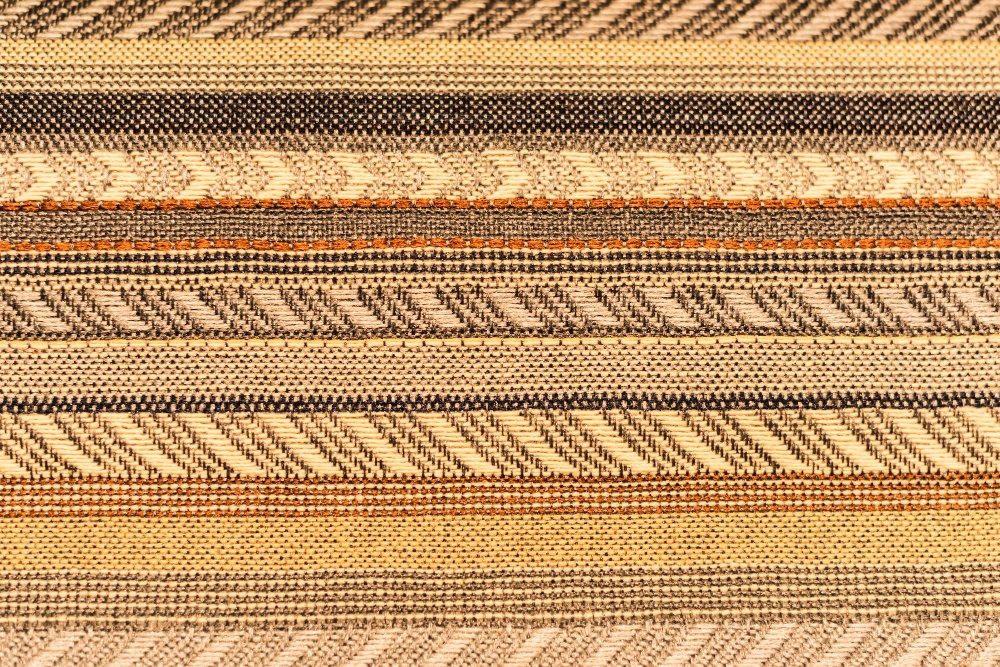Berber rugs have long been celebrated for their timeless appeal and cultural significance. Originating from the Berber tribes of North Africa, these rugs are handmade using traditional techniques passed down through generations. In recent years, there has been a growing interest in eco-friendly practices, leading to a resurgence in the popularity of homemade Berber rugs. In this article, we will explore the eco-friendly practices associated with these rugs and their environmental impact.
Understanding Berber Rugs
Berber rugs are characterized by their distinctive style, featuring geometric patterns and a plush, pile texture. Traditionally made from natural materials such as wool, these rugs are known for their durability and softness underfoot. Each rug is unique, reflecting the craftsmanship and cultural heritage of the Berber people.
Sustainable Materials
One of the key aspects of eco-friendly Berber rugs is using sustainable materials in their production. Unlike synthetic rugs, which are often made from petroleum-based materials, Berber rugs are crafted from natural fibres such as wool, cotton, and jute. These materials are biodegradable and renewable, making them a more environmentally friendly choice.
Handmade Production
Another eco-friendly aspect of Berber rugs is their handmade production process. Unlike mass-produced rugs, which are often manufactured in factories using machinery, Berber rugs are crafted by skilled artisans using traditional weaving techniques. This hands-on approach not only preserves traditional craftsmanship but also reduces the carbon footprint associated with factory production.
Minimal Chemicals
In addition to using sustainable materials and handmade production methods, Berber rugs are typically free from harsh chemicals and dyes. Natural dyes derived from plants and minerals are commonly used to color the fibres, resulting in vibrant hues that are safe for both the environment and the people who come into contact with them. This minimal use of chemicals further reduces the environmental impact of Berber rug production.
Longevity and Durability
One of the most eco-friendly aspects of Berber rugs is their longevity and durability. Made from high-quality materials and crafted with care, these rugs are built to last for generations. Unlike cheaper, mass-produced rugs that may need to be replaced frequently, Berber rugs can withstand the test of time, reducing the amount of waste generated by the textile industry.
Supporting Artisan Communities
By purchasing a Berber rug, you are not only investing in a beautiful and sustainable home accessory but also supporting artisan communities and preserving traditional craftsmanship. Many Berber rugs are made by women artisans who rely on rug weaving as a source of income. By supporting these artisans, you are helping to empower local communities and preserve their cultural heritage.
Conclusion
In conclusion, homemade Berber rugs offer a sustainable and eco-friendly alternative to mass-produced synthetic rugs. From their use of natural materials to their handmade production process, these rugs embody the principles of environmental responsibility and ethical craftsmanship. By choosing Berber rugs for your home, you can make a positive impact on the environment while enjoying the beauty and timeless appeal of these unique creations.


No comments yet